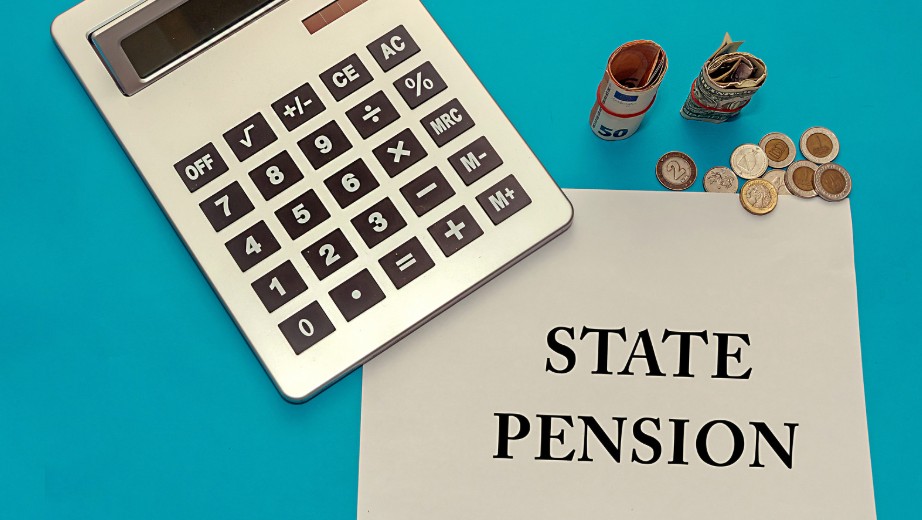The UK’s pension system has gone through significant reforms in recent years, with the introduction of the “new State Pension” in 2016 marking one of the most notable shifts.
But as retirees begin to compare what they receive under the new and old systems, a pressing question arises: Is this new system truly fair to everyone?
Let’s explore how the new State Pension works, who benefits most, and who may feel left behind.
What Is the New State Pension and How Does It Work?

The new State Pension was introduced to simplify what was previously a complex two-tier system comprising the basic State Pension and the additional State Pension (also known as SERPS or S2P).
The goal was to create a flat-rate pension based on an individual’s National Insurance (NI) contributions, providing clarity and predictability for future retirees.
As of 2025, the full new State Pension stands at £221.20 per week, but not everyone qualifies for the full amount. You must have at least 35 qualifying years of NI contributions to receive it in full. Those with fewer than 10 years receive nothing, and between 10 and 34 years will result in a proportionally reduced pension.
While this system benefits individuals with consistent career records and those who were self-employed (who previously couldn’t accrue additional State Pension), others face challenges.
Who Benefits from the New System?
The biggest winners under the new system tend to be:
- Self-employed workers who previously were excluded from the earnings-related additional State Pension.
- People with lower lifetime earnings or fragmented work histories (e.g., due to caring responsibilities) who can qualify through NI credits.
- Those starting work post-2016, who will find it easier to understand how much they’re building up.
By offering a flat rate based on years worked rather than complex earnings-linked additions, the new State Pension can create a clearer, more inclusive framework especially for younger workers planning for retirement.
Why Do Some Retirees Feel Left Behind?
Despite its strengths, the new system hasn’t been welcomed by all. Many retirees feel they’ve been unfairly penalised due to transitional rules and legacy entitlements.
- People who were contracted out of the additional State Pension during their working years (often through workplace pensions) may receive less under the new system due to deductions known as the Contracted-Out Pension Equivalent (COPE).
- Women born in the 1950s, who were hit by changes in state pension age and then again by a new system they couldn’t adequately prepare for, have been particularly vocal in their criticism.
- Pensioners who retired before 2016 continue under the old system and may get less than those who qualify for the full new pension, leading to a growing sense of inequality between pensioner cohorts.
So, while the system aims for simplification and fairness, it creates two classes of pensioners those under the new rules and those under the old, resulting in disparity.
Can the System Be Considered Fair Overall?
Fairness in public policy often hinges on clarity, consistency, and equitable outcomes. The new State Pension arguably delivers on the first two, but not always on the third.
Those retiring after 2016 with full NI records enjoy higher base pensions, but transitional arrangements mean others get less than expected e,specially those nearing retirement when the system changed.
Additionally, individuals with incomplete contribution histories due to health issues, caring roles, or zero-hour contracts may struggle to reach 35 years despite genuine effort and need.
Some argue the solution lies in providing clearer top-up mechanisms, better pension credit integration, and increased transparency about NI records and COPE deductions issues often raised on platforms like UK Benefits, where retirees and working-age adults alike seek help navigating the UK’s welfare landscape.
Final Thoughts
The new State Pension system has moved the UK closer to a simpler and more transparent retirement benefit. But for it to be truly fair, transitional protections and clearer communication are essential.
While the direction is positive, fairness for all will only be achieved when the system supports both past and future generations with equal respect and opportunity.



